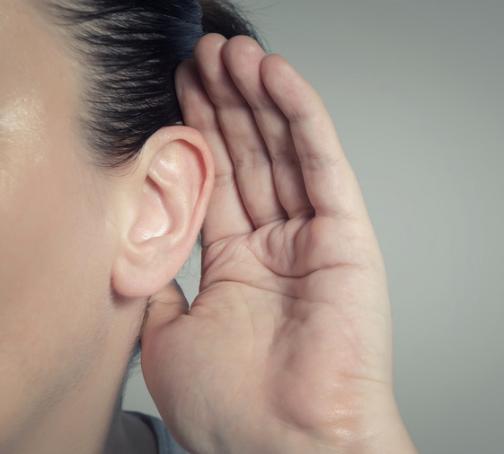While often used interchangeably, hearing and listening are very different things. We’ll use our favorite song as an example, whatever it might be. There are lots of reasons we love particular songs. Whether it’s relatable lyrics, an emotionally charged melody, or beautiful vocals, we probably know it by heart.
All the things we love about it come from deep, intentional listening. Otherwise, we wouldn’t be able to identify anything that makes it special. Compare that to music we don’t like. When it’s on, chances are we hear it but don’t really absorb it.
Truly listening to people works the same way. To understand what someone is saying, we have to take an active interest. Today, we’ll learn about LARA (listen, affirm, respond, ask) and how it can make us better listeners.
Listen
To truly understand the meaning of what someone says, we must:
* Be open to listening, even when someone is saying something we’d rather not hear.
* Listen to what they are literally saying, instead of making assumptions.
* Let them finish speaking (don’t interrupt).
* Notice their body language, facial expressions, and tone. This helps us understand their emotions.
* Pay attention. Make appropriate eye contact, put away cell phones and other devices, etc.
Affirm
As humans, we want to have our opinions acknowledged and validated (even if people don’t agree with us). This is why we share things with people, and vice versa. This builds a sense of safety and trust. To affirm others when they’re speaking:
* Paraphrase. This means repeating what they’ve said to us in our own words. The purpose of this is to, 1. show them that we’re listening and 2, give them a chance to clarify.
* E.g.
A: I’m so tired today. I did tons of work around the house but still feel like I have a million other things to do. I just want to take a break and go on vacation.
B: It sounds like you’ve been super busy with housework, and you could really use some down time.
* Be empathetic. Empathy is the ability to recognize others’ emotions in a meaningful way. This means validating their emotions. A simple way to show empathy is to identify and name the emotion(s) they’re feeling.
* E.g.
B: That must be exhausting
A: It really is.
* Show appreciation. It can be scary for others to share things with us. Simply thanking them for sharing is a way to make people feel safe, and like they aren’t a burden.
Respond
The way we respond can make someone feel great, or terrible. When someone is speaking to us, we should:
* Be genuine and thoughtful. We should take the time to respond in a mindful, helpful way, rather than being dismissive, using cliches or being disrespectful.
* Don’t argue or give unsolicited advice.
* If they ask for our opinion, we should use ‘I’ statements (“I think working too hard without a break can cause burnout”). We shouldn’t blame the speaker (“Well, you should stop working so hard then”).
Ask
Questions can be very helpful for understanding people on a deeper level. Mindful, open-ended questions give us insight into a person’s thoughts, emotions, and needs. An open-ended question can’t be answered with yes or no. They are conversation-starters and give the speaker the chance to elaborate. They often start with who, what, where, when why and how.
B: What household tasks take up most of your time and energy?
A: I find keeping up with dishes nearly impossible, and laundry is a nightmare.
Then, B can ask follow-up questions. Curiosity and genuine interest are key to understanding people deeply.
Impact of active listening
People feel:
* Heard
* Validated
* Understood
* Safe
* A sense of trust
* Happy
* Less stressed
Impact of not active listening
People feel:
* Frustrated
* Hurt
* Misunderstood
* Distrustful
* Alone
* Stressed out
Key Takeaways
* Active listening requires us to be genuine, mindful, and present.
* When we listen to people, they feel safe.
* Taking a real interest in people and their experience helps us listen better.
Sources
https://ccecolumbiagreene.org/resources/test
https://blog.hubspot.com/sales/the-art-of-asking-open-ended-questions

